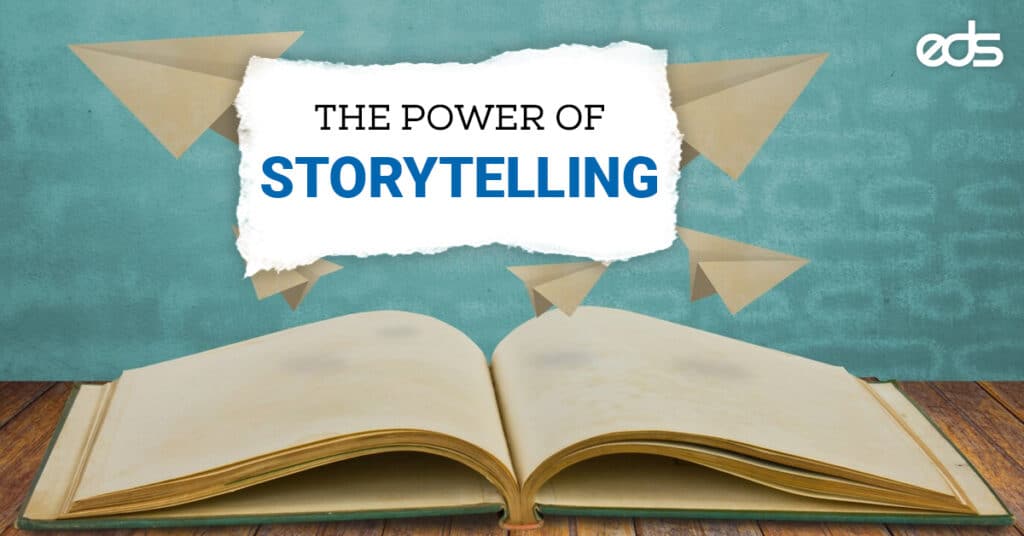In the dynamic landscape of marketing and advertising, storytelling has emerged as a powerful tool for brands to connect with their audience on a deeper level. Gone are the days of traditional advertising methods that relied solely on product features and benefits. Today, consumers crave authentic and meaningful experiences, and storytelling offers a unique way for brands to deliver just that.
Introduction:
Storytelling is more than just a buzzword; it’s a fundamental aspect of human communication that has been ingrained in our culture for centuries. From ancient myths and legends to modern-day novels and films, stories have captivated audiences and inspired action. In the realm of marketing and advertising, storytelling serves as a bridge between brands and consumers, enabling companies to create emotional connections, foster brand loyalty, and drive sales.
Building Emotional Connections:
At the heart of effective storytelling lies the ability to evoke emotions. By tapping into universal human experiences such as love, fear, joy, and sadness, brands can forge emotional connections with their audience. When consumers resonate with a brand’s story, they are more likely to form a lasting bond and become loyal advocates. For example, Coca-Cola’s iconic holiday campaigns, such as the “Share a Coke” campaign, evoke feelings of warmth, nostalgia, and togetherness, reinforcing the brand’s message of happiness and unity.
Creating Memorable Experiences:
Storytelling allows brands to create immersive experiences that go beyond traditional advertising formats. Whether through compelling video content, interactive social media campaigns, or experiential marketing events, storytelling enables brands to transport consumers into their world, fostering engagement and brand recall. For instance, Airbnb’s “Live There” campaign showcases real-life stories of travelers immersing themselves in local cultures, inspiring wanderlust and positioning Airbnb as more than just a lodging platform but a gateway to authentic experiences.
Communicating Brand Values:
Storytelling serves as a powerful vehicle for communicating brand values and mission. By weaving core values into narratives, brands can humanize their identity and connect with consumers on a deeper level. Patagonia, for example, has built a loyal following by sharing stories of environmental activism and sustainable practices, aligning with the values of its eco-conscious audience. Through storytelling, Patagonia not only promotes its products but also advocates for social and environmental change, resonating with consumers who share similar beliefs.
Driving Consumer Engagement and Action:
Ultimately, the goal of storytelling in marketing and advertising is to drive consumer engagement and action. Whether it’s inspiring a purchase, encouraging social sharing, or fostering community participation, compelling narratives have the power to motivate audiences to take desired actions. By crafting stories that resonate with their target audience and align with their brand objectives, marketers can create impactful campaigns that drive results and leave a lasting impression.
Conclusion:
In today’s increasingly competitive marketplace, brands must go beyond traditional advertising tactics to stand out and connect with consumers. Storytelling offers a powerful framework for brands to engage, inspire, and influence their audience in meaningful ways. By leveraging the emotional power of storytelling, brands can create authentic connections, communicate their values, and drive meaningful action, ultimately fostering brand loyalty and long-term success.

